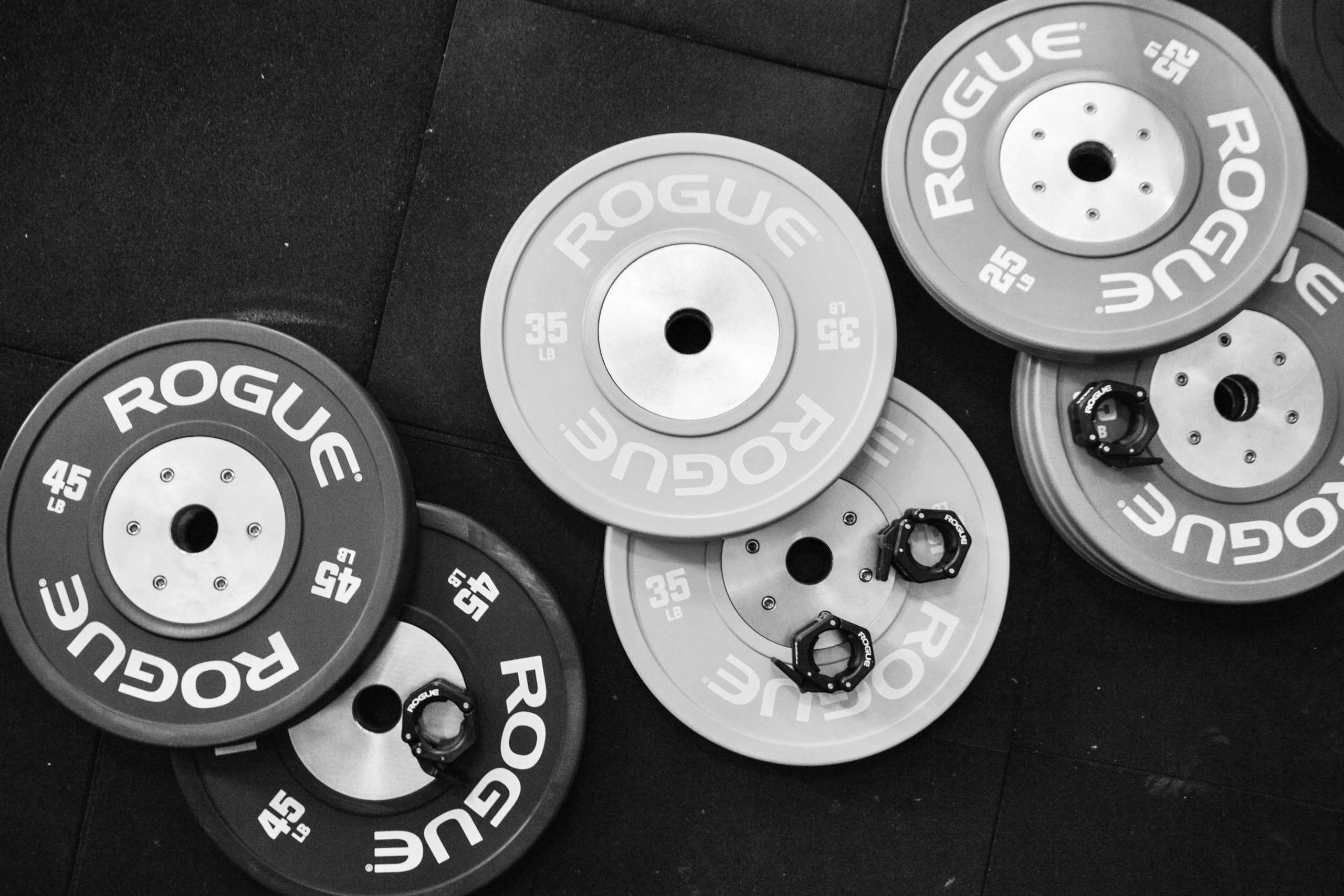Sadly this world isn’t fair… rocking up to the gym and doing random exercises without tracking weights, reps or sets and continuing this for months won’t improve your strength and conditioning effectively. Whilst the intention is there, in order to get the most out of your training, it is imperative that exercises are programmed to challenge you over time. This is where progressive overload (PO) comes in.
Chances are you’ve heard of it at some point but what does PO actually mean? Essentially PO involves increasing the stimuli on the body in order for it to adapt to increasing strains, recover, and ultimately increase capability. This can be achieved by manipulating a variety of variables including duration, frequency and intensity of training including: weights, reps or sets, time under tension, frequency and duration of sessions.
So how does it actually work? As great as it would be to continually increase weights on every lift, every single session… your body and nervous system may not think so. This is where periodisation comes into play. Periodisation essentially means having training blocks with different focuses- ie: learning the fundamentals of different lifts, specialising in sport specific areas (power), or dropping reps in order to increase the weight of our lifts and improve strength. Another factor that becomes very important when considering progressive overload and periodisation is recovery. Adequate recovery is vital to ensure that the body can adapt to the stressors of training- this includes rest days, adequate sleep and nutrition.
It can seem overwhelming, so if you need any guidance with progressive overload, periodisation and recovery feel free to get in touch. We pride ourselves on being experts in exercise and we’d be more than happy to help!
References:
Evans, J.W. (2019). Periodized Resistance Training for Enhancing Skeletal Muscle Hypertrophy and Strength: A Mini-Review. Frontiers in Physiology, 10. doi:10.3389/fphys.2019.00013.
Geantă, V.A. and Ardelean, V.P. (2021). Improving muscle size with Weider’s principle of progressive overload in non-performance athletes. Timisoara Physical Education and Rehabilitation Journal, 14(27), pp.27–32. doi:10.2478/tperj-2021-0011.
Lorenz, D., & Morrison, S. (2015). CURRENT CONCEPTS IN PERIODIZATION OF STRENGTH AND CONDITIONING FOR THE SPORTS PHYSICAL THERAPIST. International journal of sports physical therapy, 10(6), 734–747.Peterson, M.D., Pistilli, E., Haff, G.G., Hoffman, E.P. and Gordon, P.M. (2010). Progression of volume load and muscular adaptation during resistance exercise. European Journal of Applied Physiology, 111(6), pp.1063–1071. doi:10.1007/s00421-010-1735-9

Comments:
share